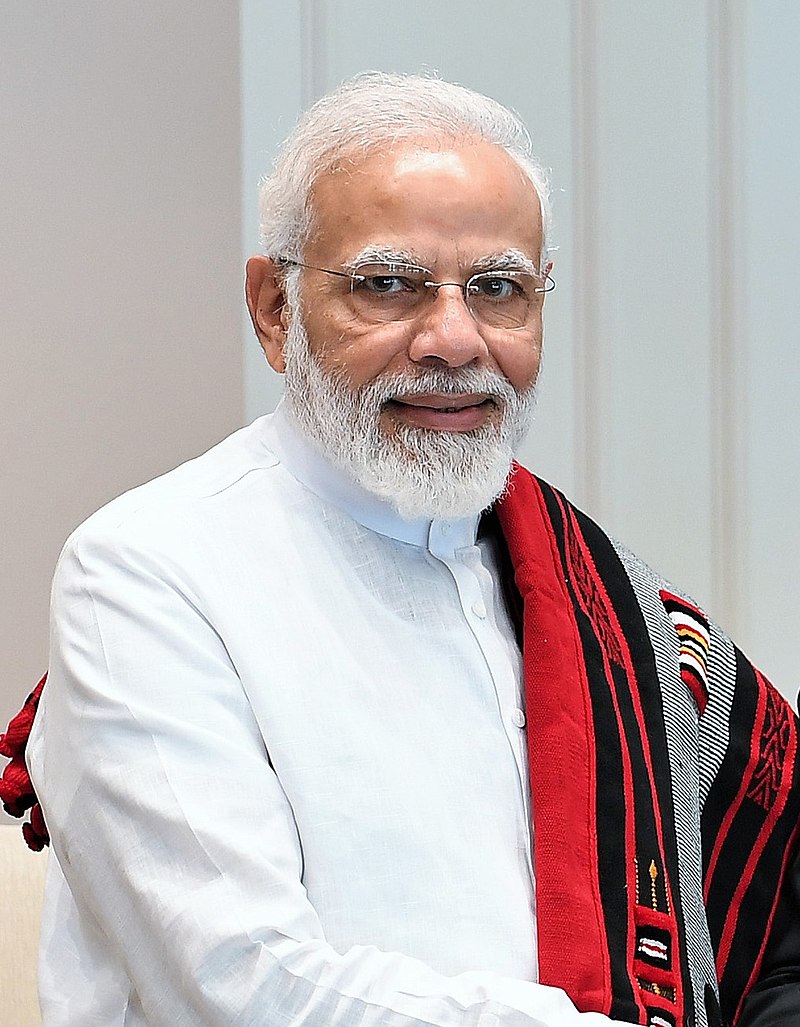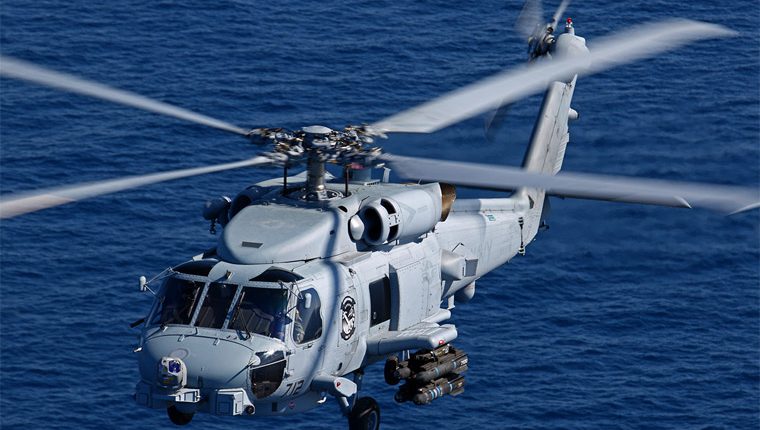TTT New Delhi – India has had to vociferously assert itself to China, telling Beijing to keep its heavily equipped underwater drones known as Haiyi away from waters on Indian’s eastern flank.
The drones, loaded with the latest state-of-the-art weaponry, are part of the elite People’s Liberation Army Navy (PLAN), currently operating in waters of the Bay of Bengal to detect an Indian naval presence.
The PLAN ‘planned’ ‘takeover’ of these important Indian waters was intelligently crafted during the early part of the COVID-19 pandemic in April – May when India was busy introducing measures to combat the virus across its densely populated country.
India’s prime minister Narendra Modi is likely to raise the issue with China’s President Xi Jinping during a virtual summit to be held as part of the Shanghai Cooperation Organisation Heads of State – slated for next Tuesday, November 10th.

Mr. Modi will need to exercise his oratory skills and display a no-nonsense attitude, taking a firm stand on the issue of China’s naval ambitions.
President Xi Jinping is not a man who thinks China ‘wants’ supremacy across the whole of the Asia-Pacific region. He is a man who thinks China ‘deserves’ it.
New Delhi’s concern has becomes all the more significant as the accelerated delivery of the nation’s first batch of 24 x MH60R helicopters will now not be before February of 2021.
The final batch on order will be delivered by 2023.
India has already inked a multi-million dollar deal with Sikorsky for the sophisticated choppers that will help the Indian Navy to spot and track Chinese submarines, drones, and surface ships operating on and under the Indian Ocean.
The existing Israeli drones, Harop and Heron, used by the Indian armed forces are sufficient for attack and surveillance purposes, but senior Indian armed forces officers believe acquisition of more sophisticated weapons are needed in the present scenario.
The Prime Minister’s Office (PMO) has already briefed the PM on this desire by his top military men.
And, according to naval sources here in India, China concentrating on waters so close to India is just part of its overall strategy to attack India from the land, air and oceans – simultaneously – when ready.
However, China’s recent failure in achieving anything of significance in the Galvan Valley in northern India in the summer slowed down its intentions.
“A ‘string of pearls’ is part of China’s military strategy to close in on India from the southern tip,” one naval officer pointed out, saying “we will hold any of (China’s attempted) assaults.”













Comments are closed.